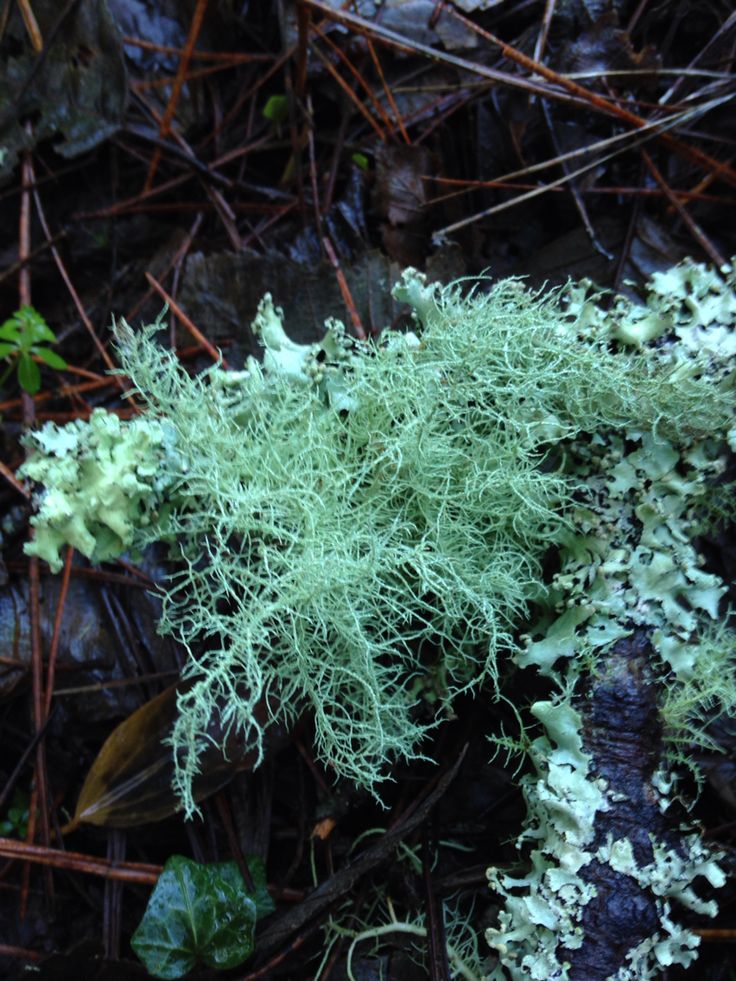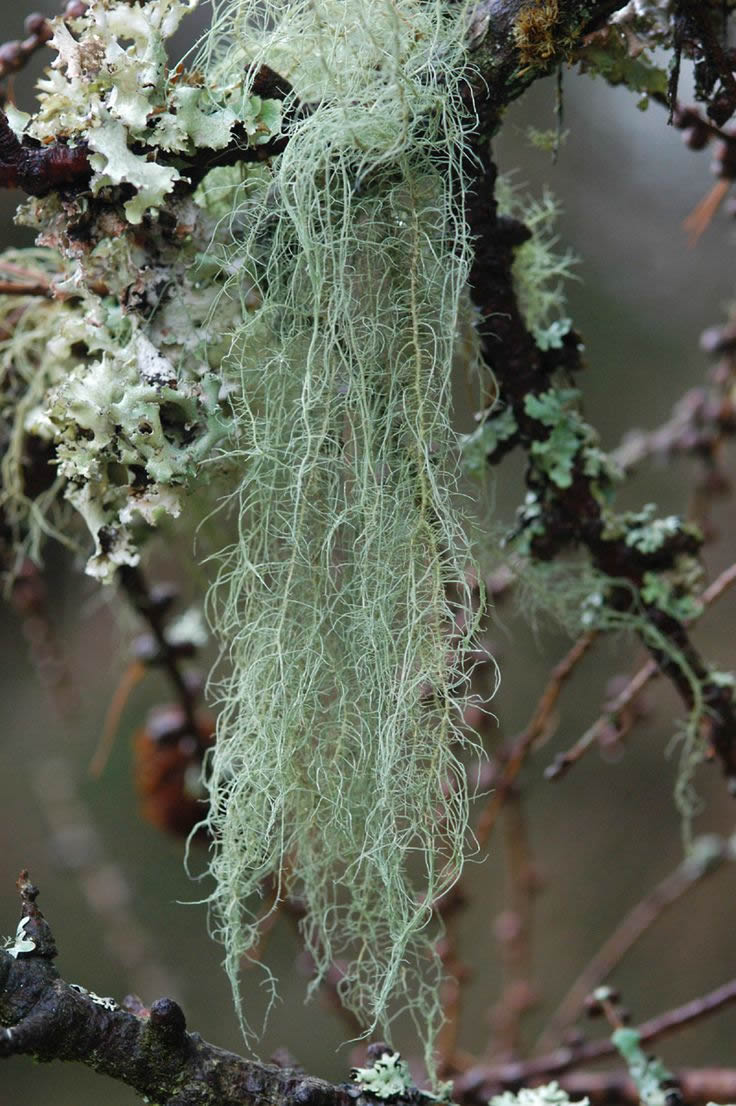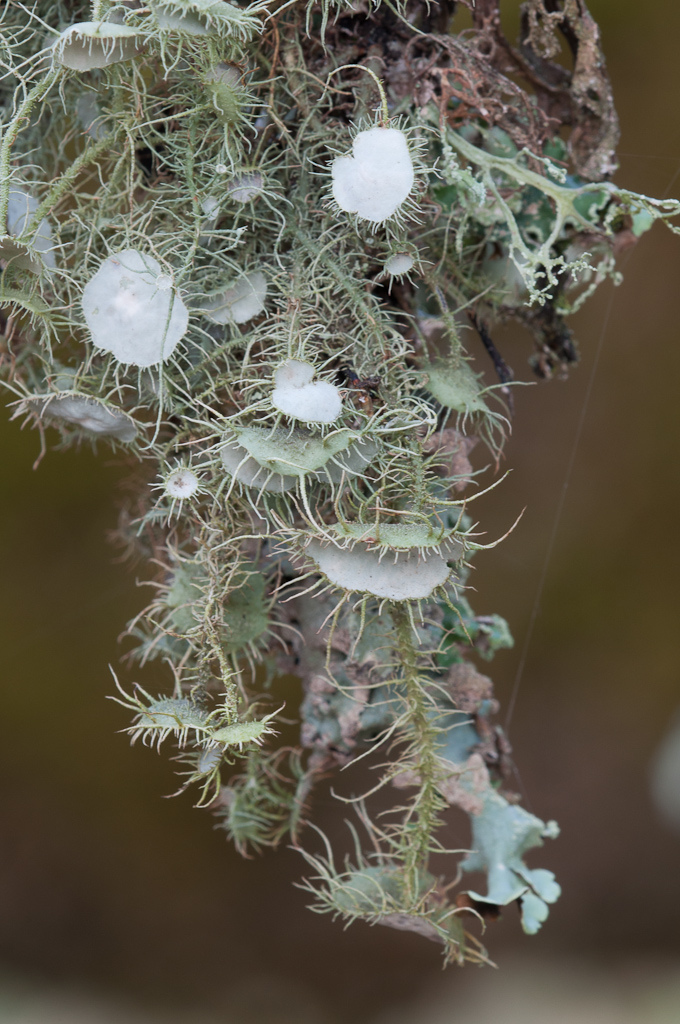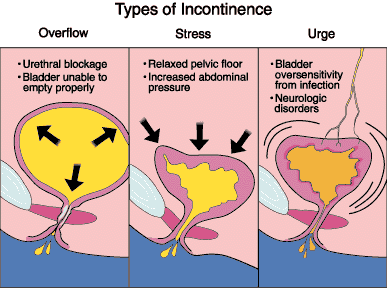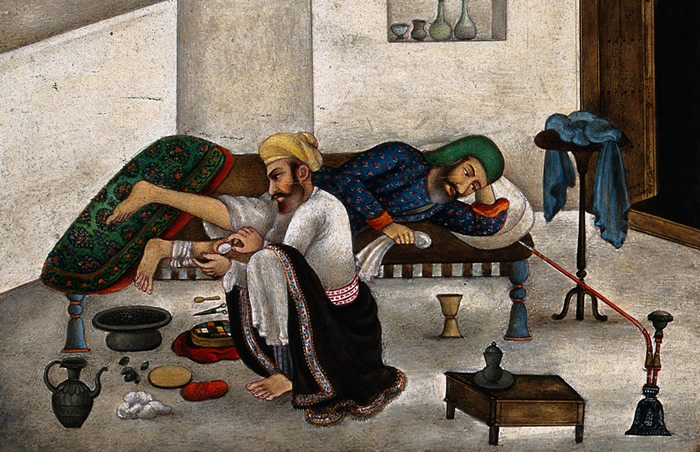Uterine cancer
 |
| Uterine cancer |
Uterine cancer can be divided into two primary forms, cervical and endometrial. Cancer of the cervix most often affects the neck of the cervix or the opening or the opening into the uterus from the vagina. Endometrial cancer affects the inside lining of the uterus.
Cervical cancer is much more prevalent than cancer of the endometrium; some estimate the incidence ratio as 3:1. Statistics from the year 2000 indicated cervical cancer was the second leading cause of cancer deaths in women ages 20-39 years, and the fifth leading cause of cancer
death in women from 40-59 years old. Unlike many other cancers, early cancer of the cervix can be identified as much as 10 or more years before the cancer invades other tissues. These visible changes in the structure and activity of the cervical cells are seen under the microscope with Papanicolaou (Pap) tests
 |  |
Over a time period of five to 10 years, these aneh cells may disappear without treatment, or may invade into deeper tissues and progress into a true cancer. The cancerous cells then may spread to endometrium, lymph glands, and nerves in the pelvic region.
As the population ages, cancer of the endometrium is becoming more common. Statistics indicate that approximately 50% of women with postmenopausal bleeding are diagnosed with endometrial cancer
This early symptom of irregular vaginal bleeding often allows removal of the uterus to result in cure of the disease, as endometrial cancer progresses and spreads slowly.
While all women are at risk for developing uterine cancer, specific risk factors for cervical cancer include sexual activity at an early age, and sex with multiple partners.
Infertility, diabetes, obesity, and estrogen therapy place a woman at high risk for endometrial cancer. Other risk factors for uterine cancer include: endometrial hyperplasia, sexual inactivity, undergoing menopause after age 59 years, and never having had children.
Causes and symptoms
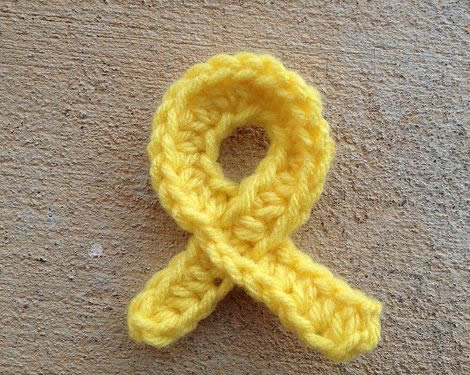 |
| A completed cancer awareness ribbon for sarcoma use pink for breast cancer, or peach for uterine cancer. |
An important factor linked to cervical cancer is infection with one of the most common sexually transmitted diseases—warts while others have no observable symptoms.
Individuals infected with the herpes simplex virus
While some women who have precancerous cervical changes experience no symptoms, others notice heavier or longer menstrual periods or vaginal bleeding after douching, intercourse or between periods.
Symptoms of more advances stages of uterine cancer may include a foul-smelling vaginal discharge, rectal pressure or constipation, loss of appetite, fatigue, and back or leg pain.
Diagnosis
An annual Pap test and pelvic examination beginning as soon as young woman becomes sexually active, or between the age 17-20 years, are the most important diagnostic steps for early detection of uterine cancer.
The Pap smear can pick up cervical dyplasia and the conventional physican may then perform a colposcopy and biopsy of the cervix to give a better understanding of the abnormalities.
If only a small area of the cervix is affected, the recommendation may be made for more frequent Pap tests (about every three to six months) to monitor for changes in the cells of the cervix. Additional diagnostic tests for uterine cancer may include laparoscopy, laparotomy, or vaginosonography.
In 2002, a Food and Drug Administration (FDA) advisory panel suggested adding a screening test for HPV in addition to Pap smears since HPV is such a high risk factor for cervical cancer. The screening test could help separate women at high risk for more frequent screening than women not at high risk.
Treatment
 |
| pinky uterus |
After cervical dysplasia has been found, several herbal remedies and supplements may be helpful. Practitioners of herbal medicine refer to this class of herbs as emmenagogues.
It includes supplements such as selenium, and vitamins B6 and C.
While these studies make no claim that taking a multivitamin or mineral supplement can reverse advanced cervical dysplasia, taking these supplements preventively may make sense.
The woman with uterine cancer will also benefit from nutritional supplements and a diet aimed at strengthening the immune system. Echinacea
Many trace elements, flavonoids, and other phytochemicals are provided by eating a well balanced diet that may not be provided in a pill. Even with relatively low levels of dietary intake, shiitake mushrooms, lentinus edodes
The use of any supplements or specific dietary modification should be discussed with the physician treating the cancer in order to avoid any undesirable drug interactions or side effects.
Research emphatically supports the mind-body connection when considering the health of the individual with cancer. Studies have also shown the positive effects of imagery on boosting immunities and natural killer cells.
Visualization of the dominant white blood cells successfully attacking weak cancer cells can not only have a positive effect on the mood and mental status, but may also shrink tumors and extend the life of a patient with cancer. Laughter has also been found to enhance immunities and stimulate the sympathetic nervous system, pituitary gland, and the hormones that reduce stress, inflammation, and pain.
In addition to the well known effects of massage for relaxation and stress reduction, there are other physiologic effects that may help the individual with cancer.
Massage may slow the body’s release of the stress hormone cortisol, decreasing anxiety and allowing for more effective periods of sleep and regeneration. Massage has also been found to increase the production of serotonin, which can improve overall mood and immune status.
Allopathic treatment
Early stages of cervical dysplasia may require only frequent reevaluation to monitor progression or regression of the aneh cells. Regression of aneh cells may occur due to the immune response or lifestyle changes, such as discontinuing smoking or oral contraceptive use. In more advanced cases, the cervical lining may be removed via cautery, freezing or laser procedures.
Age, overall health status, and the presence of other aneh findings will impact on the selection of most appropriate treatment plan for uterine cancer. Surgery may be presented as a treatment option for invasive cancer.
Extent of the surgical procedures will depend upon the stage of the cancer. A hysterectomy, lymphadenectomy, or total pelvic exenteration may be recommended. Radiation therapy
Depending on the individual’s disease stage, and the response and tolerance to the radiation, treatment may be provided by external beams directed over the pelvis, or by the insertion of radium tubes into the uterus and/or vagina. Chemotherapy may also be recommended, involving the infusion of tumor-fighting drugs directly into the circulatory system.
Expected results
The outcomes for the individual with uterine cancer are significantly related to the stage of the disease when cancer is found and treatment initiated. Early interventions can result in nearly 100% cure rates, while those individuals whose cancer is not discovered until aneh tissue growth has invaded surrounding organs may have less positive outcomes. Those with advanced disease may experience pain, vaginal bleeding and/or foul smelling discharge, and intestinal obstruction.
Prevention
The best preventive measure against uterine cancer is an annual pelvic examination and Pap test. In fact, a 2002 report from the College of American Pathologists stated that 80 percent of the women who die from cervical cancer had not had a Pap test in the five years preceding their diagnosis.
Recognition of risk factors for uterine cancer, along with an awareness of the early signs and symptoms of cervical dysplasia, can promote the early detection of changes in the cervical cells.
